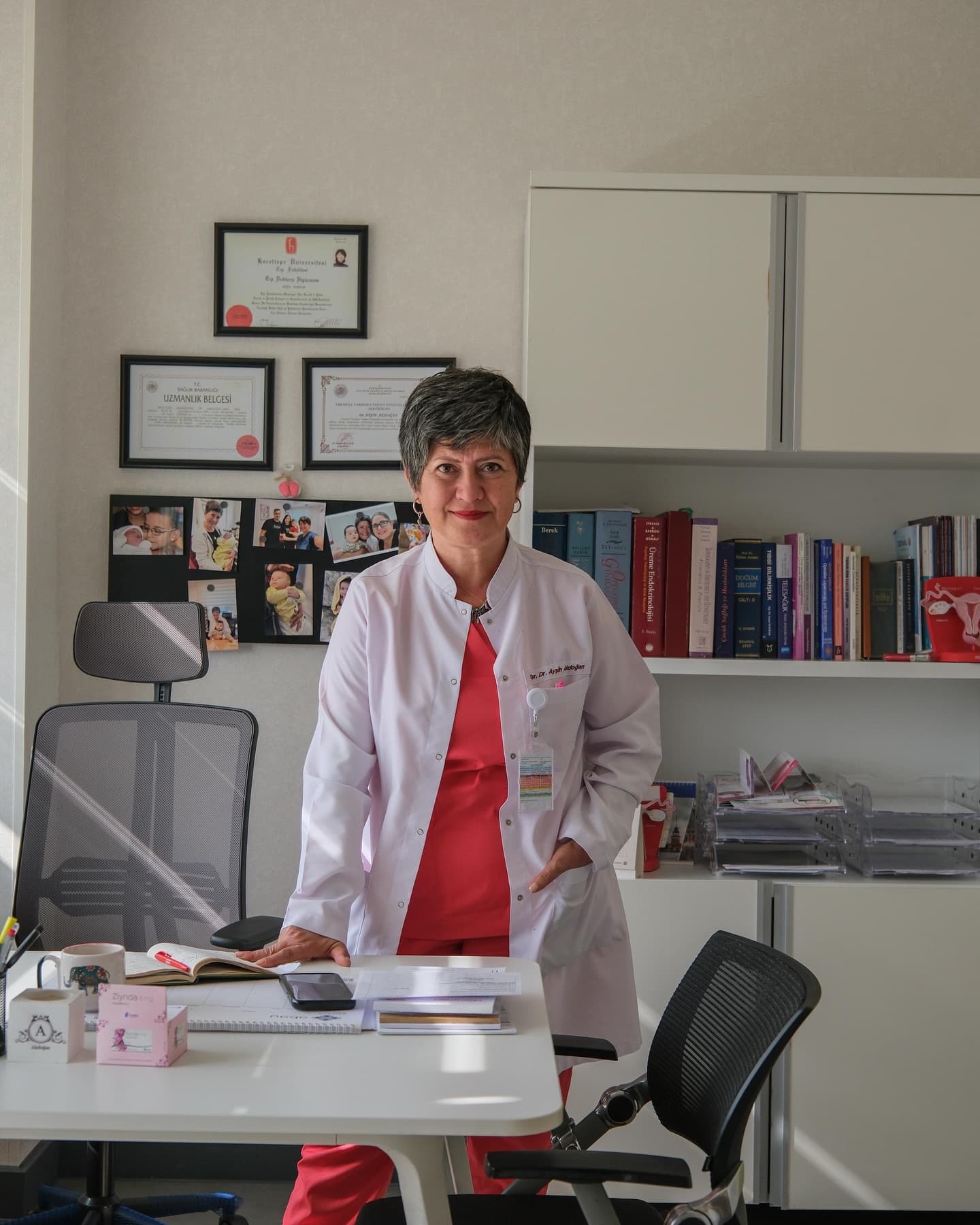
WOMEN'S HEALTH
What is Endometriosis? Symptoms and Modern Treatment Methods
Often associated with severe menstrual pain and infertility, endometriosis is a chronic condition that can significantly affect a woman's quality of life. Understanding this complex disease, often known as the "chocolate cyst," is the first step toward finding the right treatment and regaining control over your health.
The Disease Known as "Chocolate Cyst"
Endometriosis is a condition where the tissue that normally lines the inside of the uterus, the endometrium, grows outside the uterus—usually on the ovaries, fallopian tubes, and the tissue lining the pelvis. This misplaced tissue acts as endometrial tissue would — it thickens, breaks down, and bleeds with each menstrual cycle. Because this tissue has no way to exit the body, it becomes trapped, causing inflammation, adhesions (scar tissue), and severe pain.
Symptoms and Diagnosis
The most common symptoms include debilitating menstrual cramps (dysmenorrhea), pain during or after sexual intercourse, chronic pelvic pain, and infertility. Diagnosis often begins with a patient's symptoms, a gynecological exam, and an ultrasound. However, laparoscopy (a minimally invasive surgery) is considered the gold standard for a definitive diagnosis.
Treatment Approaches
Treatment is highly personalized based on the patient's age, the severity of symptoms, and their desire to have children. Modern and effective methods are available, including medical therapies for pain control, hormonal suppression to slow the growth of endometrial tissue, and, in advanced cases, laparoscopic surgery to remove adhesions and cysts. Remember, with the right treatment, it is possible to improve your quality of life and increase your chances of pregnancy.
Frequently Asked Questions
The most common symptoms include severe and painful periods, pain during sexual intercourse, chronic pelvic pain, and difficulty getting pregnant (infertility).
Yes, endometriosis can cause infertility. The adhesions and inflammation it creates can affect egg quality or the function of the fallopian tubes, making pregnancy more difficult.
